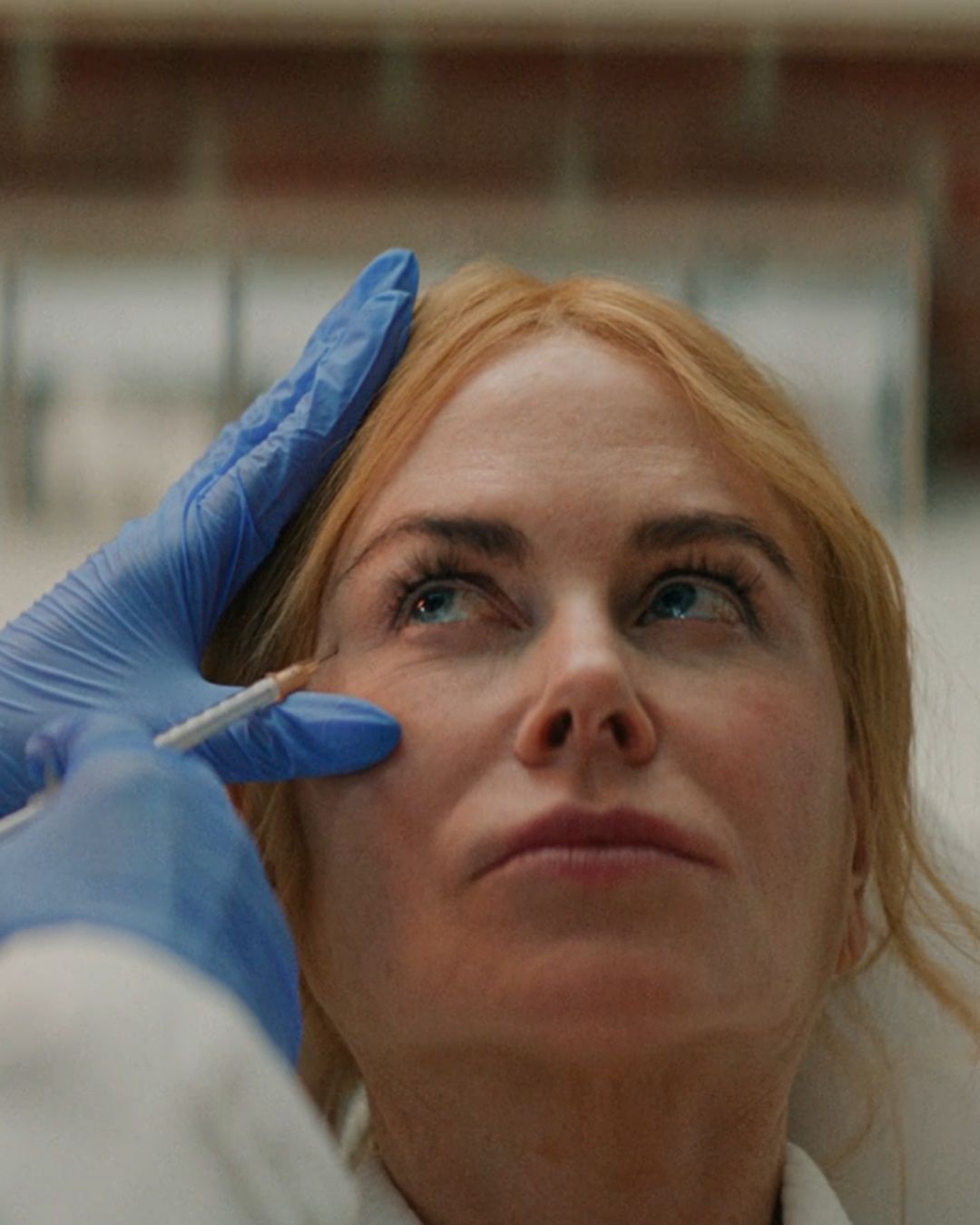
The heels return makes foot botox demand skyrocket Post-pandemic mundane life need the right support, making artists like Loubutin happy
When people talk about cosmetic medicine, they think of minor touch-ups on highly visible areas such as the face, nose, and lips, but not immediately on the feet, and instead the area is the most popular in the Botox market over the past year. Demand for injections on the heels and instep has increased by leaps and bounds since 2020, both for cosmetic and health reasons. The return to the mundane life has brought heel lovers back to reclaim their inches to the sky, stressing their feet and muscles to the point of causing issues such as plantar fasciitis, an inflammation of the tissue that connects the heel bone to the toes, or unsightly bunions. But what does botox have to do with it? The material used in aesthetic medicine is a neuromodulator, that is, a substance that inhibits localized pain, and it is not just used for cosmetic touch-ups.
In fact, physicians have been using neuromodulator for non-cosmetic conditions since 1989, when the FDA, the U.S. government agency that regulates drugs and food commodities, first approved it for the treatment of eye disorders such as uncontrolled blinking and crossed eyes."Hyperhidrosis (excessive sweating) of the feet, palms, and armpits, as well as to alleviate foot pain associated with certain foot conditions, such as plantar fasciitis," are other problematics that can be healed with botox usage, says Dr. Kim Nichols, a board-certified dermatologist, adding that her practice offers Botox treatments for more than 15 areas of the body, in addition to the canonical ones. "The neuromodulator paralyzes the muscles in the heel bone, causing the neurotransmitter [that modulates pain] to become inactive and, as a result, reduce pain overall," she continues.
with director David Lynch.

























































